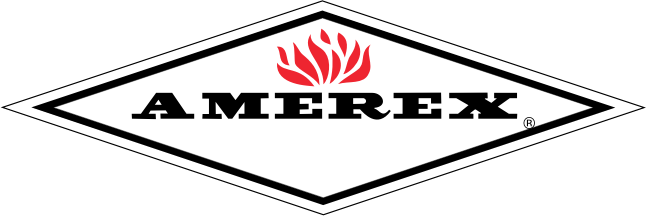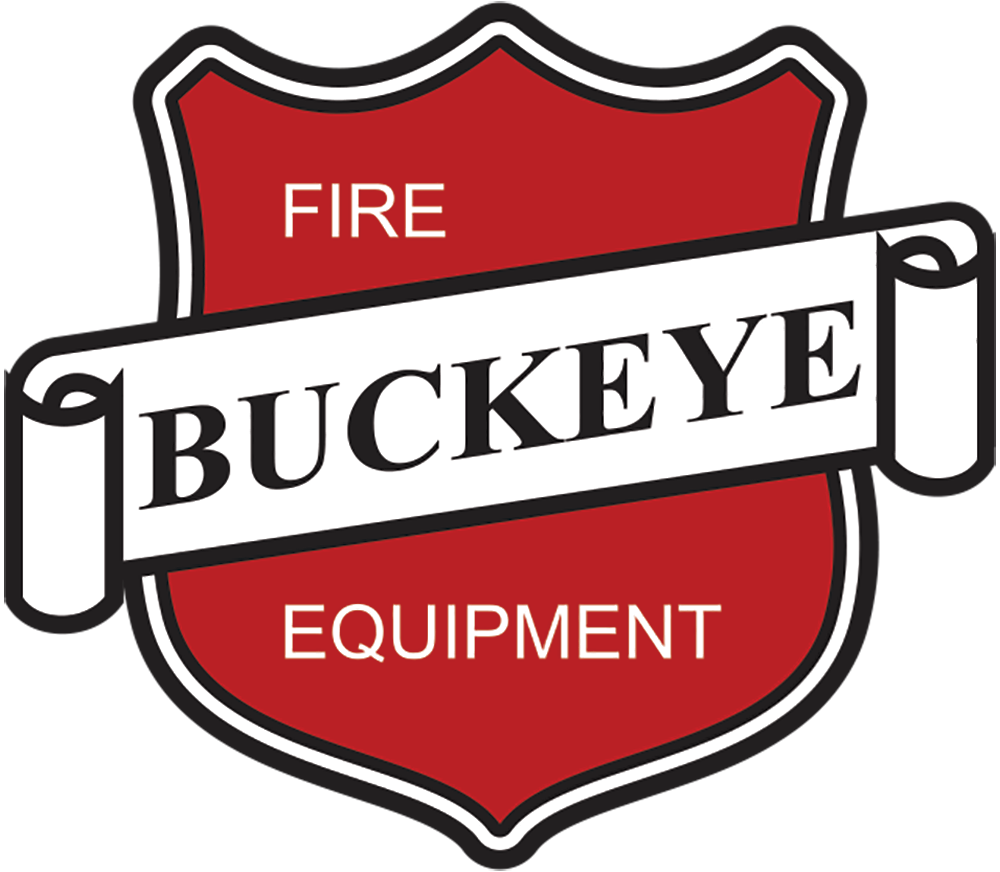Fire extinguishers are critical tools for maintaining a high level of safety within any business or facility. They safeguard lives, protect property, and help you comply with regulations.
Keeping them in excellent condition ensures that they can perform reliably in the case of a fire-related emergency. Read on to learn 11 maintenance tips for keeping fire extinguishers ready so you can save lives and lessen the effects of a fire on your property.
Schedule Monthly Checks
One step you can take is scheduling monthly maintenance checks. Instead of letting these procedures fall by the wayside, set a regular routine for your employees to follow so you can respond quickly and effectively during fires. Assigning this task to a responsible staff member also ensures these inspections remain consistent. During these checks, your associate should also confirm that each extinguisher remains in its designated location and that nothing blocks access to it.
Look for Rust on Your Extinguisher
Another important maintenance tip for keeping fire extinguishers ready is to inspect them for any signs of rust. Corrosion is a serious issue for metal fire extinguisher canisters, as it can weaken the container’s structure and make it unreliable in a critical moment.
Employees should look at the entire surface to identify any discoloration or rust patches. Even minor corrosion can cause a leak, so you must take every instance seriously. If the canister has any rust, take it out of circulation and replace it immediately.
Check the Extinguisher Gauge

A fire extinguisher’s pressure gauge is an important indicator that confirms whether it is operational or not. A properly functioning extinguisher will have its gauge needle pointing to the “green” or “charged” zone. Anything outside of this zone indicates a problem. The extinguisher might not function effectively when needed.
If a gauge reading falls outside of the green zone, contact a certified fire extinguisher service technician for recharging or further inspection. Incorrect pressure levels can result in the extinguisher discharging incompletely, not discharging at all, or causing an explosion. Regular monitoring guarantees your equipment’s functionality during emergencies.
Examine It for Any Dents
A dented extinguisher may signal structural damage that could affect its performance. Check the surface of each extinguisher for visible dents or deformities. These could occur from accidental drops, impacts with other objects, or improper storage techniques. Even small dents can create weak points in the extinguisher’s casing.
If you notice any dents, remove the extinguisher from service immediately. Preventing future damage begins with positioning extinguishers in areas where they won’t encounter heavy traffic or physical bumps.
Give It a Shake if Necessary

If your fire extinguisher contains a dry chemical agent, you should shake it monthly to prevent the contents from settling. Over time, the chemical inside can compact, reducing its effectiveness when discharged. Agitating the extinguisher keeps the chemical loose, preserving its ability to function as intended.
Shaking it during monthly inspections to confirm the internal powder remains free-flowing. This simple action helps maintain the extinguisher’s ability to cover flames properly when activated. Following the manufacturer’s recommendations will guide you in specific techniques for keeping extinguishers with a dry chemical discharge.
Confirm the Hose Isn’t Damaged
Your fire extinguisher’s hose plays a vital role in directing the extinguishing agent to the fire. A damaged, cracked, or clogged hose compromises the equipment’s effectiveness. Carefully inspect the hose for splits, holes, or signs of wear during visual checks.
A damaged hose needs professional attention and potentially a replacement. Keeping each hose clean prevents damage over time and allows you to discharge the chemical effectively when the time comes.
Weigh Your Extinguisher
Regularly weighing your fire extinguisher ensures that it contains the correct amount of extinguishing agent needed during a fire. Over time, unnoticed leaks might reduce the internal quantity, even if the pressure gauge reads normal. Weighing confirms that the extinguisher remains fully charged and ready for use.
Check the listed weight on the label, and compare it with its current measurement. If the extinguisher feels light or doesn’t match the label, you should have it professionally serviced or replaced immediately. This practice is especially important for CO2 extinguishers. This equipment does not feature gauges, so users must weigh it to monitor the contents.
Check the Safety Pin and Tamper Seal
Two components that your employees should inspect during a fire extinguisher inspection are the safety pin and the tamper seal. While the safety pin stops the accidental use of the extinguisher’s lever, the seal indicates whether someone has used or tampered with it.
If your employees discover that the seal and pin are missing, this may indicate that the extinguisher requires recharging or refilling. It’s possible that someone accidentally discharged the extinguisher. Contacting a fire extinguisher technician can confirm its usability and verify its readiness for emergencies.
Keep Instructions Visible
Fire extinguishers come with operating instructions printed on the label for easy reference during emergencies. These instructions need to be legible and unobstructed. Faded, damaged, or missing labels can delay someone’s ability to use the equipment effectively when time is of the essence.
Inspect each extinguisher’s label to verify clear visibility. Replacing worn-out labels guarantees readiness. Providing instructional refresher courses for your staff also reinforces their ability to deal with emergencies.
Review the Manufacturing Date
Your employees should check the manufacturing dates of your fire extinguishers. They should find this stamped or printed on the body of the extinguisher or its label. This date is essential for determining whether it falls within the recommended serviceable lifespan.
Most fire extinguishers have a lifespan of ten years or more. This information can help you determine whether you need to have the extinguisher refilled or replaced. Ignoring the manufacturing date could lead to the risk of equipment failure during an emergency. Any extinguisher nearing the end of its recommended service life should be promptly retired and replaced.
Have Professionals Service Your Extinguishers
Another step to ensure your fire extinguishers are in optimal working condition is to have them serviced by professionals. These experts conduct thorough inspections and verify that each extinguisher is properly pressurized and free of obstructions, ensuring it will operate effectively in an emergency.
Professional servicing includes recharging and replacing components as needed to guarantee compliance with safety regulations. Partnering with technicians will provide you with confidence that your extinguishers are ready to perform when needed, safeguarding both lives and property.
You can keep your fire extinguishers ready and reliable by incorporating these techniques into your maintenance routine. Regular care, combined with professional assistance, ensures the safety of your business and team during emergencies.
Hedrick Fire Protection can help you take action today with our fire extinguisher inspection services. We can even show your staff how to properly use your extinguishers so they can act appropriately if there is a fire in your facility.



